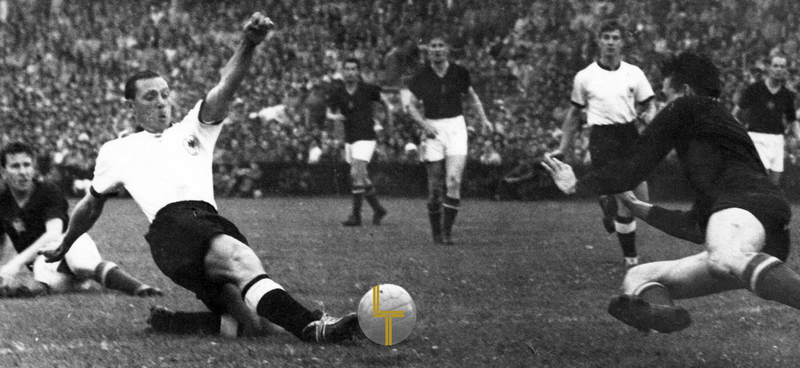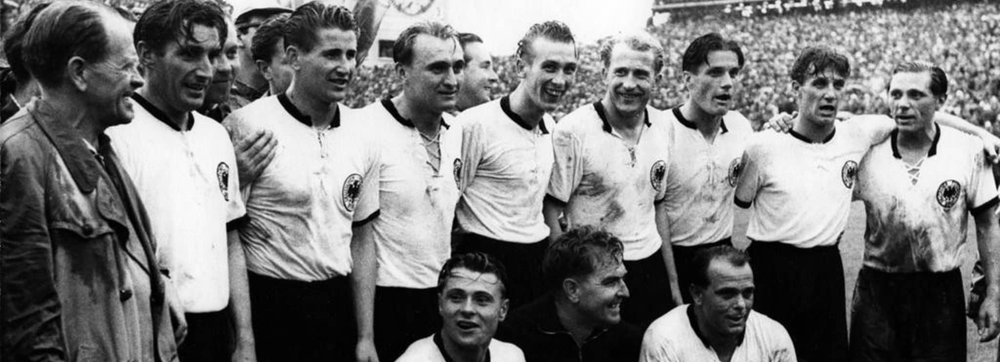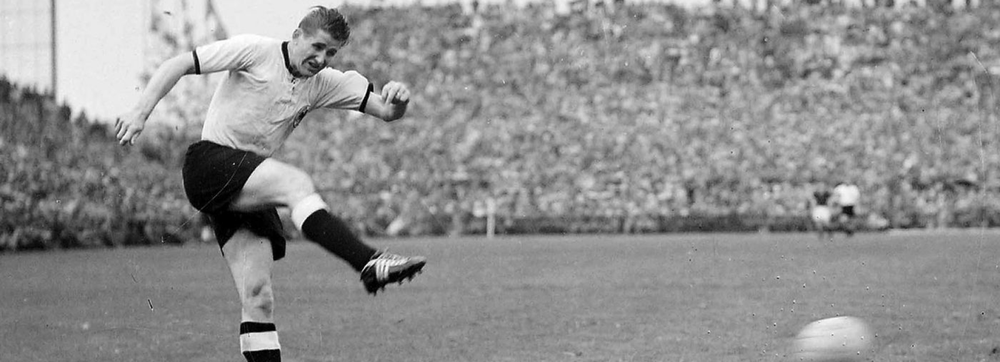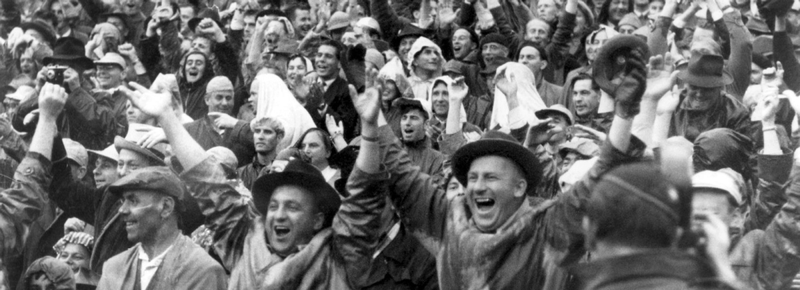Why STOs can offer many benefits to professional sports clubs, athletes and fans alike
 <grammarly-extension class="_1KJtL" style="position: absolute; top: 0px; left: 0px; pointer-events: none; z-index: 1;">
<grammarly-extension class="_1KJtL" style="position: absolute; top: 0px; left: 0px; pointer-events: none; z-index: 1;">While the tokenization of assets has been discussed for years by the people working with blockchain technology, the idea seems to finally have escaped the bubble it was conceived in and is being considered by many different industries. The real estate sector was an “early adopter” but the sports industry is following closely.
When we say tokenization is a hot topic in the sports business world, we are talking about many different verticals. Some examples include:
- NBA player Spencer Dinwiddie tokenizing his contract
- Several large European football clubs issuing a governance token
- FC Bayern issuing digital collectibles based on tokens
- NBA Top Shot issuing digital collectibles based on tokens
- E-bike producer Greyp issuing an Equity Token to raise capital
- S.L. Benfica, Watford FC, Miami Dolphins, and other sports teams accepting cryptocurrency payments
Not only do leagues (NBA), clubs (FC Bayern) and athletes (Spencer Dinwiddie) start to flirt with the internet of value. German e-bike producer Greyp, founded by Mate Rimac, the guy behind Rimac Automobiles, is currently raising capital via an Equity Token Offering (ETO).
Tokenization is a toolkit, as my colleague Thomas Euler pointed out in a recent article, and the sports business world is starting to unpack the tools and experiment with their application. But what exactly is tokenization in the context of a Security Token Offering (STO)?

Security Token Offerings
During an STO, a legal entity is issuing a token representing a security, i.e. a regulated financial instrument. Instruments that lend themselves well to be tokenized include ownership rights to an asset, profit participation rights to future revenues or rights to be paid where the token is representing a debt instrument.
Taking the sports business world as an example, ownership of a stadium can be represented by tokens and utilizing the token sale, fractions of the asset can be sold.
Teams and athletes can tokenize future revenues in exchange for upfront capital or issue a debt token to achieve the same objective, upfront capital, but in exchange pay a fixed amount of interest plus the principal at the maturity date.
The Added Benefit of Tokenized Securities
Like any other good set of tools, tokenization is highly versatile and can be used to achieve different objectives. Besides representing securities, tokens can be used to align incentives between different stakeholders in an ecosystem, thereby reducing friction. New kinds of fan engagement solutions can be built in an effort to narrow the gap between an increasingly commercialized world of professional sports and its fans.
Because tokens are programmable assets, you can bundle them with extra utility. For example, you can grant token owners access to exclusive content or even dedicated merchandize. If you want to limit such benefits, you could ask your users to lock their tokens up for some time period in exchange.
Tokens also allow for fair and verifiable votings. This can mean anything, from non-binding votings about the upcoming jersey designs to binding votings about naming a new mascot. In the case of a security token with verified identities, votes can either be tallied on a per person or per token basis — that is either every token holder has one vote, regardless of the number of tokens she owns, or every token grants one vote, meaning a larger investment amounts to more influence.
Because the results are publicly verifiable, token-based votings can increase the confidence, of teams, athletes and fans alike, that the results reflect the opinion of the community. This is something that votings on social media platforms cannot provide.
Security Token Offerings in Sports
But why is tokenization such a hot topic in the sports business world specifically? What are the benefits the pioneering clubs and athletes hope to reap of it?
In our first article, we looked at the main points of friction in the professional sports business and how tokenization can be used to reduce said friction between the main actors: leagues, athletes, fans and clubs/teams.
Here, I want to look at the individual entities and their subjective benefits.
STOs for Clubs and Teams
One of the biggest needs for any sports team or is capital. This fact is increasingly leading to an alienation of the clubs and their supporters.
Many traditional ways of financing sports teams have fallen from grace with their respective fan base. An example for this is the hostility of fans towards large investors in the football business, especially in Germany but also in other European leagues.
A recent example is the traditional dutch club Roda Kerkrade. Its supporters kicked a potential large investor, Mauricio Garcia de la Vega, out of the stadium after he was spotted in a VIP area.
Fans fear an ever-increasing commercialization of their favorite sport and large investors are oftentimes considered the scapegoat. But what alternative ways to raise capital exist, besides the unpopular option of getting a large investor onboard?
In Germany, the Fan Anleihe, a debt instrument, is a popular means of increasing a clubs liquidity. It is a loan, usually with a fixed interest rate that the club takes from its fans. Recently, the HSV issued a Fan Anleihe and raised €17.5 Million in early 2019. Essentially, fans provide capital and hence, the Fan Anleihe can be understood as an old-school form of what would nowadays be called crowdfunding.

How Clubs and Teams Benefit from STOs
The legal ramifications of issuing such an asset are straight forward, the fans get the option to invest in their favorite team and earn interest while clubs increase their liquidity. It’s a win-win scenario.
Today, however, STOs allow clubs to achieve the same result, yet more efficiently and with added value for their “fanvestors”.
 <grammarly-extension class="_1KJtL" style="position: absolute; top: 0px; left: 0px; pointer-events: none; z-index: 1;">
<grammarly-extension class="_1KJtL" style="position: absolute; top: 0px; left: 0px; pointer-events: none; z-index: 1;">Economic Benefits
Upon closer examination, a Fan Anleihe is not a very attractive financial instrument from the perspective of the issuing club. Its issuance is a rather expensive process and in times where personalization and experiences are key for sports fans, an off-the-shelf debt instrument that only lives in a depot account is not particularly engaging. Gen Z fans may even consider it antiquated.
Issuing a tokenized debt instrument can save the club money and opens the door to a huge option space of additional features the asset can offer. From giving token holders access to exclusive content or events, (binding or non-binding) voting rights or discounts on merch or tickets, many different features can and will be conceived.
Thinking in economic terms, those additional features and benefits should incentivize investors to pay a premium for the token compared to a legacy debt instrument.
User Experience
When issuing a traditional bond, the user experience for the willing fanvestor is cumbersome at best.
To sign parts of the debt instrument, one has to go through a bank. The asset is usually stored in a custodial portfolio and a fan who does not already have a depot with his bank has to open one first — and pay for it on a monthly basis.
For supporters living in a different city than their favorite team, let alone those living in a different country, buying a Fan Anleihe can be hard. Chances are, your local bank doesn’t offer the asset. New assets with a (relatively) low expected volume are oftentimes only offered in places where high demand is anticipated.
If the supporter wants to use an online broker because his local bank doesn’t offer the asset, he might also be out of luck. If the asset is not actively being traded on an exchange, the broker might not have access to the asset either.
A security token offering, on the other hand, enables direct to consumer sales and distribution. The token can be bought on any smartphone or computer — 24/7. Every supporter can buy the tokens online, not only in the country it is being issued in, but in case of a European token offering EU-wide. A digital token is just as accessible as any digital product you are used to buying.
New Sources of Capital
A well-structured token offering’s attractiveness is not limited to fans. Small regional businesses, large corporations, and existing sponsors, as well as the cryptocurrency and blockchain community offer additional liquidity pools to tap into.
Companies of all sizes could, for example, be incentivized to participate in the token sale if token ownership is tied to special advertising or product placement opportunities.
The crypto community is waiting for “mainstream adoption” and would most likely welcome real-world use cases with reputable issuers putting assets on the blockchain.
With a larger total addressable market, the amount of capital that can be raised should exceed the amount that can be raised by issuing a traditional asset with no additional functionality.

How Athletes Benefit from STOs
Tokenizing athletes is certainly a new approach, but the idea of investing in athletes and being able to participate in their future success isn’t.
In 1990, 15 people including the Focus chief editor Helmut Markwort saw much potential in Tommy and Sabine Haas, 12 and 15 at the time, and funded their tennis education with star-coach Nick Bollettieri in Florida. In turn, they got the rights to 15% of their future revenues until 2004.
The investment turned out a success. While Sabine Haas quit tennis in 1998, Tommy Haas went on to become one of the most successful tennis players of his time, competing in the STP tour from 1996 to 2017 and winning 15 career titles. This entitled his early supporters to a substantial amount of revenue share.
NBA player Spencer Dinwiddie of the Brooklyn Nets is currently attempting to implement the modern, token-based version of this. He intends to offer a security token to accredited investors via his platform DreamFanShares. The plans are currently on hold due to league interventions but the concept is clearly out there.
 <grammarly-extension class="_1KJtL" style="position: absolute; top: 0px; left: 0px; pointer-events: none; z-index: 1;">
<grammarly-extension class="_1KJtL" style="position: absolute; top: 0px; left: 0px; pointer-events: none; z-index: 1;">Interest Alignment
For athletes, STOs open up a new world of possibilities. First, they can align their fans and their own interests. Signing a contract with a new team or getting a new sponsor might have put off some fans in the past. If they get to participate in the financial upsides of such a decision, they are more likely to support it.
Insurance
Next, it can serve as a type of insurance against injuries — a constant threat in any athlete’s career. Investors participate in the risk of an injury to occur and the athletes' revenues to drop unexpectedly. In return, they also get to participate in the upside in case the athlete’s career goes well.
This mechanism works differently, depending on the sport the athlete is in. For an NBA player, that is entitled to a salary even in case of injury, as stipulated in the league’s collective bargaining agreement, this is certainly less relevant than, say an extreme sports athlete or tennis player that is his own little company and who does not generate any income if he does not compete.
The interests of the athlete and her fans are aligned in any case. Both parties are interested in making a profit, and that only works when the athlete stays healthy and does not get suspended for undue behavior.
Capital
From an economic perspective, the upfront capital allows athletes to make investments themselves. Those investments ideally yield a bigger return than the interest which they are obligated to pay their token holders. When designed correctly, the token is an attractive investment with a meaningful interest rate that still allows the athlete to exit the contract with a profit. This creates a win-win situation for the token holders and athletes alike.
Of course, there is some risk involved for both parties — no risk, no return. The athletes risk using their upfront capital in a way that yields lower returns than the interest they need to pay.

How Fans and Investors Benefit from STOs
Many of the benefits for clubs and athletes translate directly to benefits for fans. Savings in issuance costs can be directed towards making the investment vehicle more attractive, e.g. paying higher interest rates.
 <grammarly-extension class="_1KJtL" style="position: absolute; top: 0px; left: 0px; pointer-events: none; z-index: 1;">
<grammarly-extension class="_1KJtL" style="position: absolute; top: 0px; left: 0px; pointer-events: none; z-index: 1;">Better User Experience
The enhanced user experience makes the buying process easier and faster. Especially young customers are used to quick checkout procedures and would likely drop out of the buying process if it is too cumbersome.
Innovative Features
The most important benefit for fans will be the additional features a tokenized asset can provide. Once you acquire the asset, you don’t simply put it in your brokerage account and wait for the first interest installments.
Instead, you store your tokens in a digital wallet, for example on your phone. Depending on what features the clubs or athletes have chosen to offer, a token can grant its owner voting rights, access to special events, exclusive content or discounts on tickets or merchandise. Many fans would love to be more involved in the decision making processes of their favorite team, so I would expect polling and voting features to resonate well with its users.
As we said earlier: tokenization is a toolkit and right now the limits to its application are mostly set by the issuers’ creativity.

TL;DR: Benefits for Clubs, Athletes, and Fans alike
We believe that STOs have the potential to affect many aspects of the sports business. The different entities can use different token models to align their incentives and reduce friction.
STOs do not only lead to improved cooperation between the different players in the sports ecosystem but also offer clear benefits to each side. Clubs get access to new forms of capital without alienating their fanbase. Athletes can hedge against injuries, raise capital and engage with their fans in new ways. For fans, it is a new way to “invest” (pun intended) in the relationship with their object of passion. They can get involved in the governance of their idols and are provided a better user experience than traditional assets in the sports ecosystem could offer.
Issuers have a huge option space to design their tokens, to make them profitable for themselves, and attractive for the fanvestors.
They also pose an interesting opportunity to realize something we internally refer to as “Club Membership 2.0”, a new model for healthy relationships between teams and supporters in 21st-century professional sports.
In an upcoming article, we will elaborate on that vision, so make sure to follow the Liquiditeam publication!

About Liquiditeam
At Liquiditeam, we develop token-based financing and fan engagement solutions for professional sports clubs and athletes. If you want to learn more, subscribe to our newsletter or send us an email.
You can also become one of our first followers on Twitter.
Liquiditeam is an Untitled INC venture.
Comments